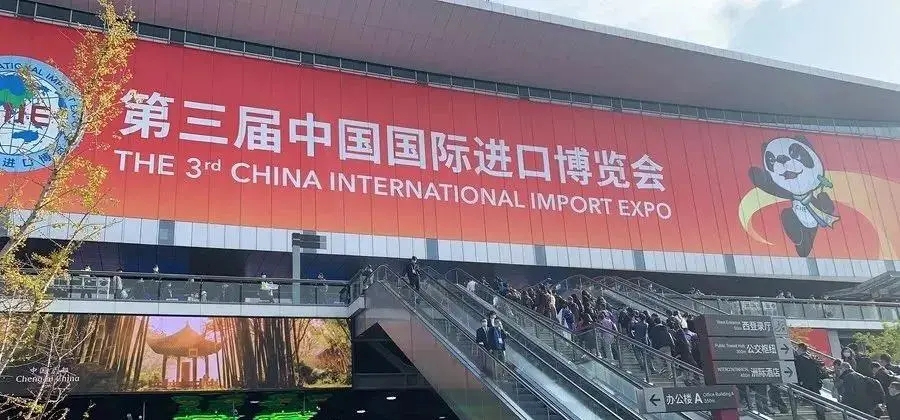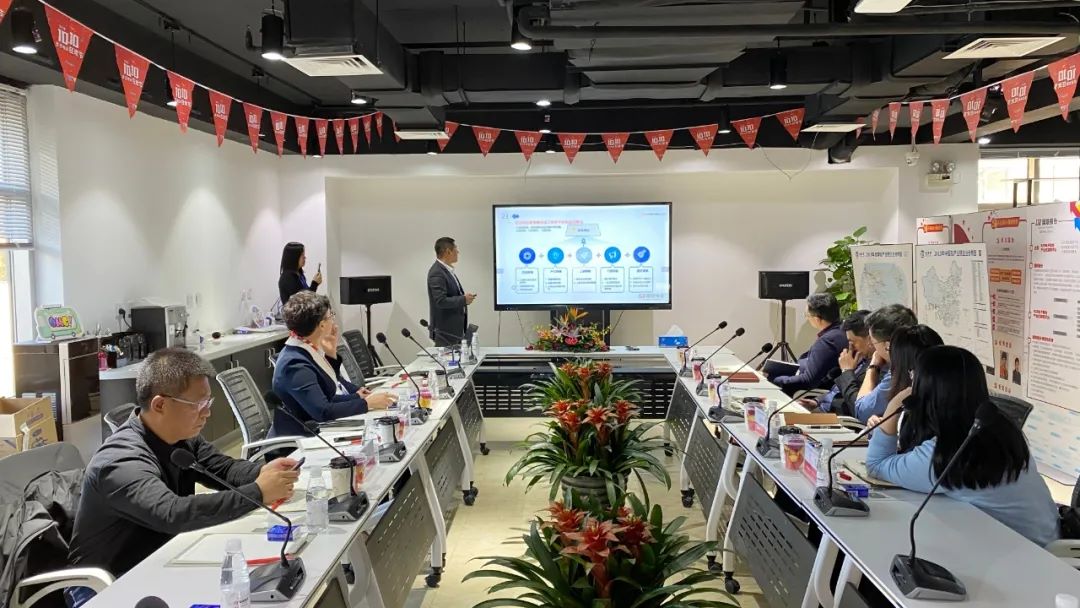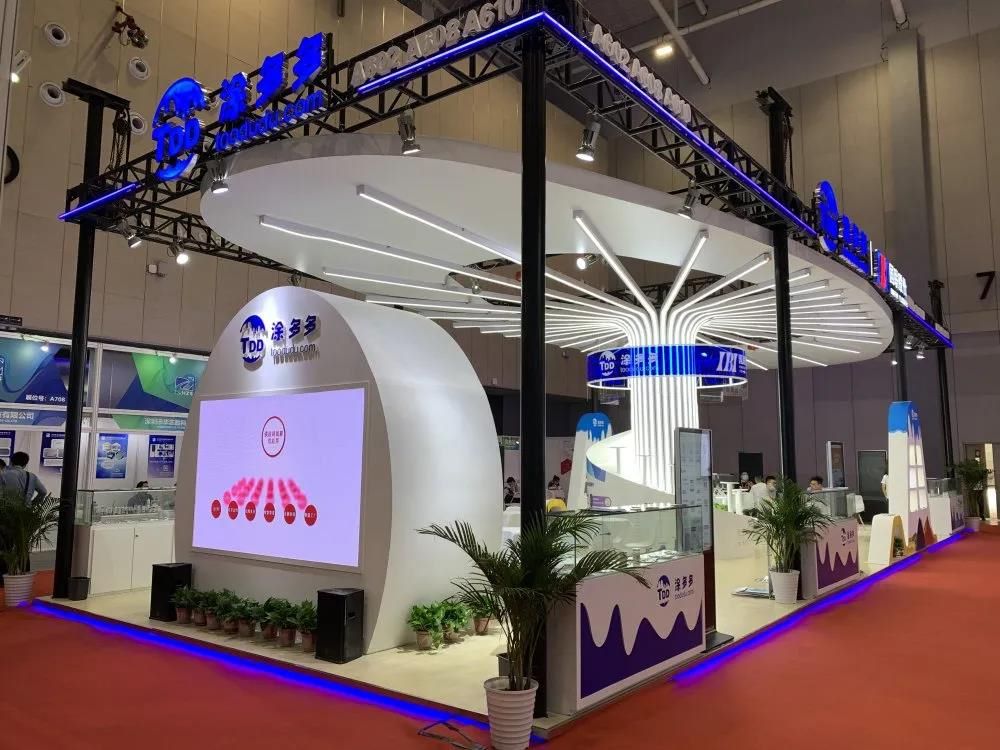On April 22, 2025, the global rubber market showed a pattern of mixed long and short positions, and prices continued to fluctuate weakly
Supply and demand pattern: the expected increase in supply suppressed prices, and weak demand became the core contradiction
Supply side: Southeast Asia is in the transition period of harvesting, and supply pressure will be released in May
The main production areas in Southeast Asia (Thailand, Indonesia, and Vietnam) are in the early stage of harvesting, and are currently in a slow increase in volume. A large amount of supply is expected to be released in mid-May.

The slight drought in northeastern Thailand has limited impact, and the southern production areas will start harvesting in late April due to sufficient rainfall; the Yunnan production area has entered the harvesting season, and the Hainan production area is expected to start harvesting in mid-April. The current raw material purchase price is relatively strong, but the market's expectation of increased supply in May suppresses the upward space of rubber prices.
Demand side: Tire industry downturn, export orders shrunk sharpl
The operating rate of domestic tire companies declined: the capacity utilization rate of semi-steel tires fell to 75.8% (down 2.38% month-on-month), and the capacity utilization rate of full-steel tires was 68.28% (down 0.08% month-on-month), and the finished product inventory accumulation pressure was significant.
A sharp drop in export orders: The US tariff policy has hindered the export of tires in Southeast Asia. In order to pass on costs, tire factories in Thailand, Vietnam and other countries have lowered the purchase price of upstream natural rubber. China's tire exports are also under pressure. In March, Vietnam's rubber exports to China fell 29.3% year-on-year.
Weak demand for non-tire products: The terminal industries such as automobiles and home appliances were affected by the global economic slowdown, and the order volume did not meet expectations. Enterprises maintained rigid demand purchases.
Global economic growth expectations lowered
The UNCTAD predicts that the global economic growth rate will slow down to 2.3% in 2025, and the intensification of trade tensions will lead to a contraction in investment and demand. Weak automobile sales in major economies such as China and Europe have further dragged down rubber consumption.
The futures market is weak and downward, and the risk aversion of funds is dominant. The main rubber futures contract has fluctuated in the range recently. Affected by the macro sentiment and the negative fundamentals, long funds are cautious.
The technical side shows that the price is blocked at 14,600 yuan/ton, and the weakness may continue in the short term.
- On April 22, 2025, the global rubber market showed a pattern of mixed long and short positions, and prices continued to fluctuate weakly1512
- New energy truck tires: future star or industry waste?1035
- Truck and bus tire data hides key signals!972
- Are tires that have been stored for 2-3 years considered "expired tires"?979
- The difference between cheap tires and expensive tires888









